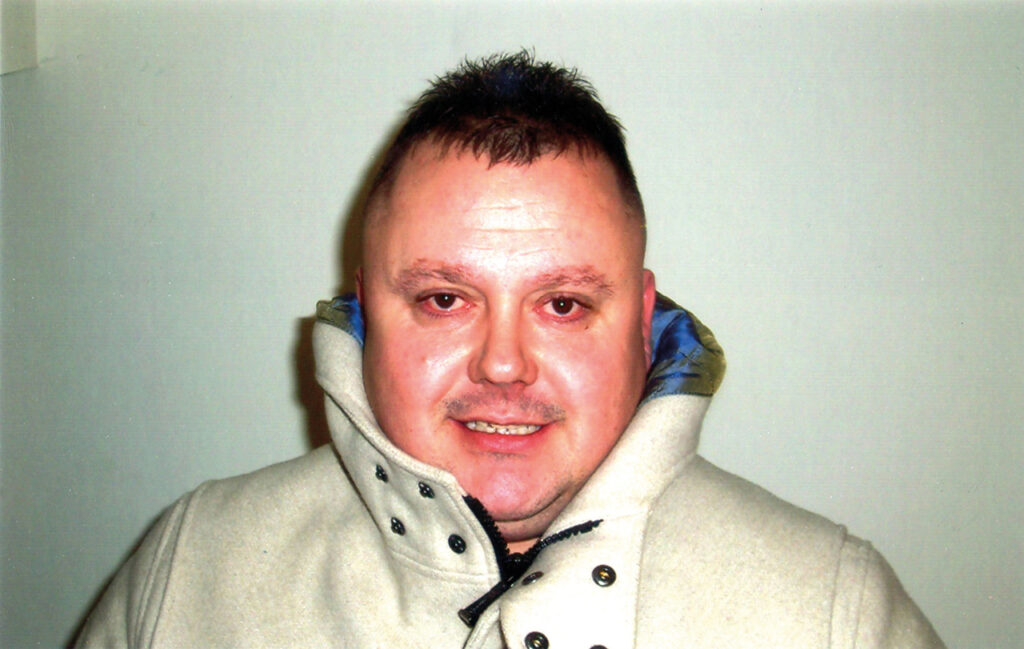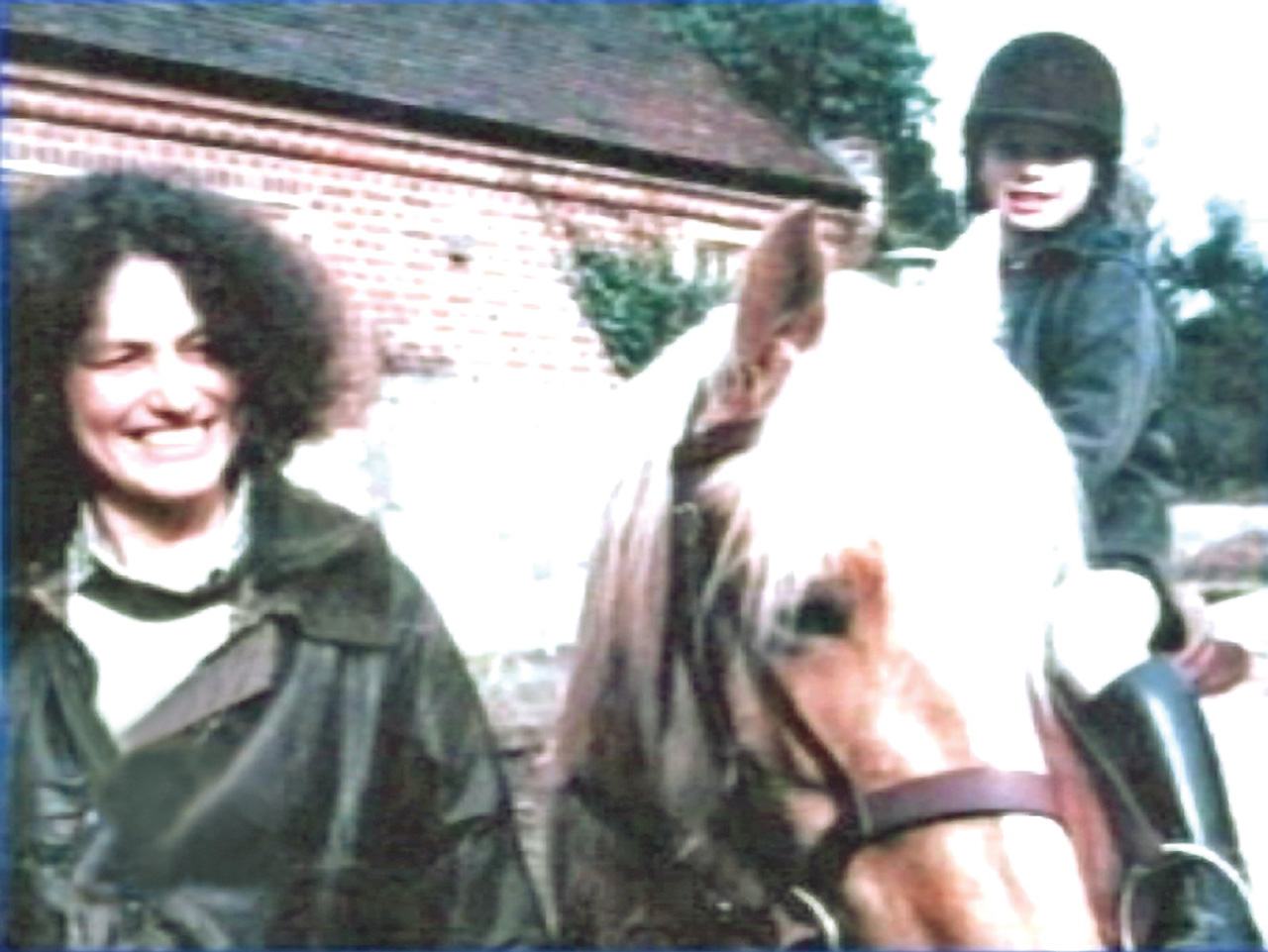Unknotting the murders
A bootlace could be the key to finding out who really committed the notorious Chillenden murders. But only if it’s tested by the right people
A journalist who helped reverse the murder convictions of three men is calling for a specialist forensic scientist to be allowed to examine a key piece of evidence in the Chillenden murders.
Michael Stone was convicted of murdering Lin Russell and her daughter, Megan, six, and the attempted murder of Josie Russell, aged nine, near their home in Chillenden, Kent, in July 1996.
Stone has always maintained he is the victim of a miscarriage of justice and although he is now entitled to apply for parole he won’t be doing so because, according to his sister Barbara, “that would mean Mick would be admitting his guilt”.
Stone’s claims have been boosted by a recent four-page confession by serial killer Levi Bellfield that he committed the Chillenden murders and that of Judith Gold, a mother of three, in Hampstead, north London, in 1990.
Satish Sekar specialises in investigating miscarriage of justice cases.
On Valentine’s Day 1988, Lynette White was murdered in Cardiff. The police searched for one white person in a horrible sexually motivated crime but ten months later five non-white people were arrested, three of whom were wrongly convicted in 1990. None of the five had left so much as a single DNA cell at the scene or on the victim, or had any trace of her blood on them. In 1992 the convicted men were released after a successful appeal.
“I got to know all of the wrongly accused men and I worked with White’s natural mother, Peggy Pesticcio, to get the case reopened twice,” says Sekar. “I did a lot of research and helped pressurise South Wales Police (SWP) to go out and find the real perpetrator. Nothing proves innocence more than finding the real killer.”
“Our solicitor requested the CCRC to arrange for the knots to be untied and tested. They have refused.”
In 2003 SWP found the real murderer, Jeffrey Gafoor, at the second time of asking, and he was convicted. Thanks to Sekar and other campaigners, SWP was forced to try to explain what went wrong. Eight police officers and two witnesses were tried for fabricating evidence leading to the wrongful imprisonment of the so-called Cardiff Three, one of whom, Yusef Abdullahi, died in 2011 aged 49.
Stone was convicted of the Chillenden murders in 1998 based on an alleged confession while in jail but his conviction was later quashed after prisoners’ evidence against him was discredited. Sekar was at Stone’s 2001 retrial at Nottingham Crown Court. He has strong opinions about the way Stone was represented, particularly his legal team’s failure to fully understand the significance of evidence given by pathologist Dr Michael Heath.
Dr Heath’s testimony referred to a bootlace found at the site and used to commit the murder of Megan Russell. It did not contain Stone’s DNA, which was not present at the site, but his lawyers did not explore whether it contained other samples that would point to the murderer. “If the jury had heard this, I expect the verdict would have been different,” says Sekar.
For many years this bootlace went missing and when Stone’s legal team broached this subject the Criminal Cases Review Commission (CCRC) failed to locate it. The bootlace has now reappeared but its storage conditions are unclear.
“However, there is general agreement that the fibres within the individual knots are likely to be undisturbed,” says Stone’s sister Barbara, who has campaigned relentlessly on his behalf.
“Our solicitor requested the CCRC to arrange for the knots to be untied and tested. They have refused. I feel this typifies the CCRC’s inability to thoroughly investigate potential miscarriages of justice.”

Sekar wants the bootlace retested by forensic DNA and bloodstain expert Richard Eikelenboom, who helped resolve the Schiedammer Park murder that shocked the Netherlands in 2000, when 10-year-old Nienke Kleiss was raped and killed and 11 year-old Maikel Willebrand left for dead after being strangled with a bootlace and repeatedly stabbed. Willebrand remarkably survived.
Kees Borsboom was initially convicted but Eikelenboom believed DNA samples on the bootlace and at other areas of the crime scene showed he was not the murderer. He was proved correct when Haalmeijer was eventually arrested for the rapes of two women and confessed to the Schiedammer Park crimes.
Sekar, who covered the Dutch case, says: “It has strong parallels with Stone’s case. He deserves the same courtesy that was belatedly given to Borsboom. Eikelenboom should be asked to use his expertise to solve the Chillenden murders.”
Sekar also hopes to see the case of Neil Sayers re-opened. In 1999, Sayers, aged 19, was convicted of the horrific murder of his friend Russell Crookes in woods at Hadlow College, near Tonbridge, Kent, largely on the word of his co-accused Graham Wallis, who pleaded guilty. Kent Police ignored Police and Criminal Evidence guidelines as Wallis was asked to make a statement in the back of a police car. Wallis was just 17, had no solicitor’s advice prior to making a statement and no accompanying adult with him.
Sayers was given a life sentence and released over a decade and a half later on parole, but without having to admit guilt. He still maintains his innocence over 20 years later.
Sayers’ case was mangled by a failure to appreciate the importance of forensic sciences. Crookes’s partially burnt body was not found until two weeks after his death. Maggots were taken by the now disgraced forensic pathologist Heath, who was one of the Crown’s experts against Sayers.
The maggots represented the best possibility of establishing when the fire took place and death occurred – a vital issue. Heath was never asked what advice he gave to Kent Police about the maggots, so it remains unclear if he even advised police to consult an experienced forensic entomologist, and the maggots were left in a fridge by Kent Police for four years.
“This was outrageous,” says Sekar. “Imagine taking a bloodstained handkerchief from a murder scene and storing it badly for years so that the evidence degraded, losing the killer’s DNA. They have allowed the entomological evidence – the last opportunity to establish when a significant post-mortem event occurred – to degrade.”
Heath faced a tribunal in 2006 that cost him his reputation and his place on the Home Office’s register of forensic pathologists. The disciplinary panel found flaws in his post-mortems of Mary Anne Moore and Jacqueline Tindsley, two women whose deaths were followed by the wrongful convictions of their partners. He was also criticised for his inquiry into Stuart Lubbock’s death at a party at comedian Michael Barrymore’s home. The case against him was presented by Charles Miskin QC, who had relied on Heath to prosecute Sayers.
When Sayers’ legal team subsequently applied to have his case reviewed the CCRC told him that the review of Dr Heath’s cases concerned those where medical evidence was critical to the conviction and ruled out any challenge to his evidence in Sayers’ case.
Sekar says: “The CCRC was wrong. Dr Heath also implied that the partial burning of the body resulted in extensive fire damage. There is considerable evidence to suggest that this was not so and that Dr Heath’s conclusions led to errors in the interpretation of fire-related evidence, which was another issue of vital importance in this case.
“Dr Heath’s role in these aspects of Sayers’ case was never considered. Sayers’s case should be re-examined.”
Sayers says: “At 18 I had my life taken away. I feel I’ve never been given any effective avenue to prove my innocence. Justice seems a long way off, leaving me very down, frustrated and broken. I want the truth to be found. So on one hand I want publicity to tell the world about how wrong everything is. On the other I want to keep a low profile so as not to affect my work and to be able to live some kind of an ordinary life.”
Returning to the Chillenden murders, Barbara Stone believes advances in testing techniques could help identify the real culprit and Sekar agrees.
Bellfield won’t give his DNA for testing but one of his children gave a sample that was tested leading to a partial match for the TV documentary The Chillenden Murders.
“Bellfield’s confession helps but does not prove he’s the killer; he could be lying. This would enable you to check it. If you had a full DNA profile from the bootlace, does it match Bellfield’s?” says Sekar.

Leave a reply
Your email address will not be published.